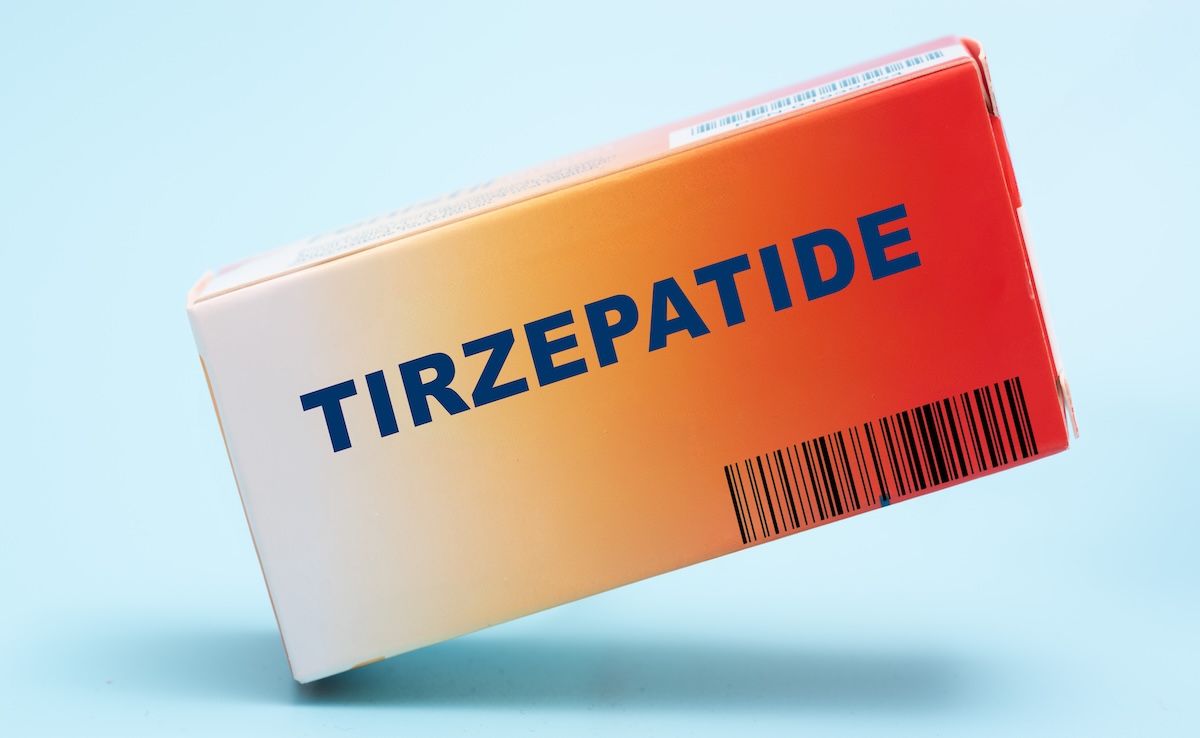Article
Precision Medicine Could Yield Significant Cost Savings in RA Treatment
Author(s):
A decision-analytic model could save more than $7 million in overall ineffective health care costs per 1000 patients by predicting which patients with rheumatoid arthritis (RA) will have an inadequate response to anti–tumor necrosis factor therapies.
Using a decision-analytic model could save more than $7 million in overall ineffective health care costs per 1000 patients by predicting which patients with rheumatoid arthritis (RA) will have an inadequate response to anti–tumor necrosis factor (TNF) therapies, according to a study published in Rheumatology and Therapy.
Researchers studied the impact of PrismRA, a molecular signature test that uses precision medicine to predict patients who will have an inadequate response to anti-TNF after they have failed conventional synthetic disease-modifying antirheumatic drugs (DMARDs).
Nearly 90% of the first-line biologics that patients with RA receive are anti-TNF therapy, and research has found that the majority will fail to satisfy the ACR50 criteria, which is a 50% or greater improvement in disease activity, within 6 months. “Thus, a patient and rheumatologist typically must go through multiple trial-and-error attempts prior to improvement in disease activity,” the authors explained.
The researchers compared 2 treatment strategies to understand the clinical and economic outcomes of PrismRA over 12 months:
- Observed clinical decision-making based on 175 patients from the CERTAIN study receiving an anti-TNF after failing a conventional synthetic DMARD
- Modeled clinical decision-making for the same cohort using PrismRA
The majority of patients (69.7%) failed to achieve ACR50 in response to anti-TNF therapies. A PrismRA score of 11.8 or higher was used to define patients with a high or very high likelihood of inadequate response to an anti-TNF therapy. A total of 68 patients were predicted to be inadequate responders: 61 were correctly predicted, while 7 were misclassified and actually achieved ACR50.
In the first treatment strategy, 70% of patients did not achieve ACR50 within 6 months. These patients were reassigned to a second-line therapy—either a second anti-TNF therapy (60%) or an alternative mechanism of action (40%)—and these patients had a 20% ACR50 response rate at 12 months. Patients who achieved the ACR50 response in the first 6 months were assumed to stay on the therapy for the entire 12 months. As a result, 44% of patients in the full 175-patient cohort were predicted to achieve ACR50 within the first 12 months of treatment.
In the second strategy using PrismRA, the 68 patients who were predicted to be inadequate responders were assigned to another mechanism of action. Twenty-seven of these patients achieved ACR50 response in the first 6 months. The remaining 107 patients of the overall cohort were assigned an anti-TNF therapy. Of those, 61 patients did not achieve ACR50 and were reassigned another mechanism of action as a second-line therapy, and subsequently 16 of those patients did achieve ACR50. As a result, 57% of patients in the full 175-patient cohort were predicted to achieve ACR50 response within the first 12 months of treatment.
The researchers noted that the PrismRA strategy yielded a 5% decrease in overall costs and a 22% decrease in ineffective costs over the course of the 12 months.
“Identifying anti-TNF therapy inadequate responders could yield significant direct cost savings to the healthcare system in terms of both total spend and ineffective treatment spend for biologic drugs, non-biologic drugs, and total medical cost spend,” the authors wrote.
The overall spend for the first strategy was $8,977,130. Nearly two-thirds (65% or $5,867,969) was spent on patients who did not achieve ACR50. The overall spend in the second strategy was $8,553,564. Slightly more than half (54% or $4,576,581) was spent on patients who did not achieve ACR50.
“Precision medicine and biomarker-guided treatment represent a necessary step in advancing the clinical effectiveness and cost savings of all medications including targeted treatments for RA patients,” the authors concluded.
Reference
Bergman MJ, Kivitz AJ, Pappas DA, et al. Clinical utility and cost savings in predicting inadequate response to anti-TNF therapies in rheumatoid arthritis. Rheumatol Ther. Published online August 14, 2020. doi:10.1007/s40744-020-00226-3





